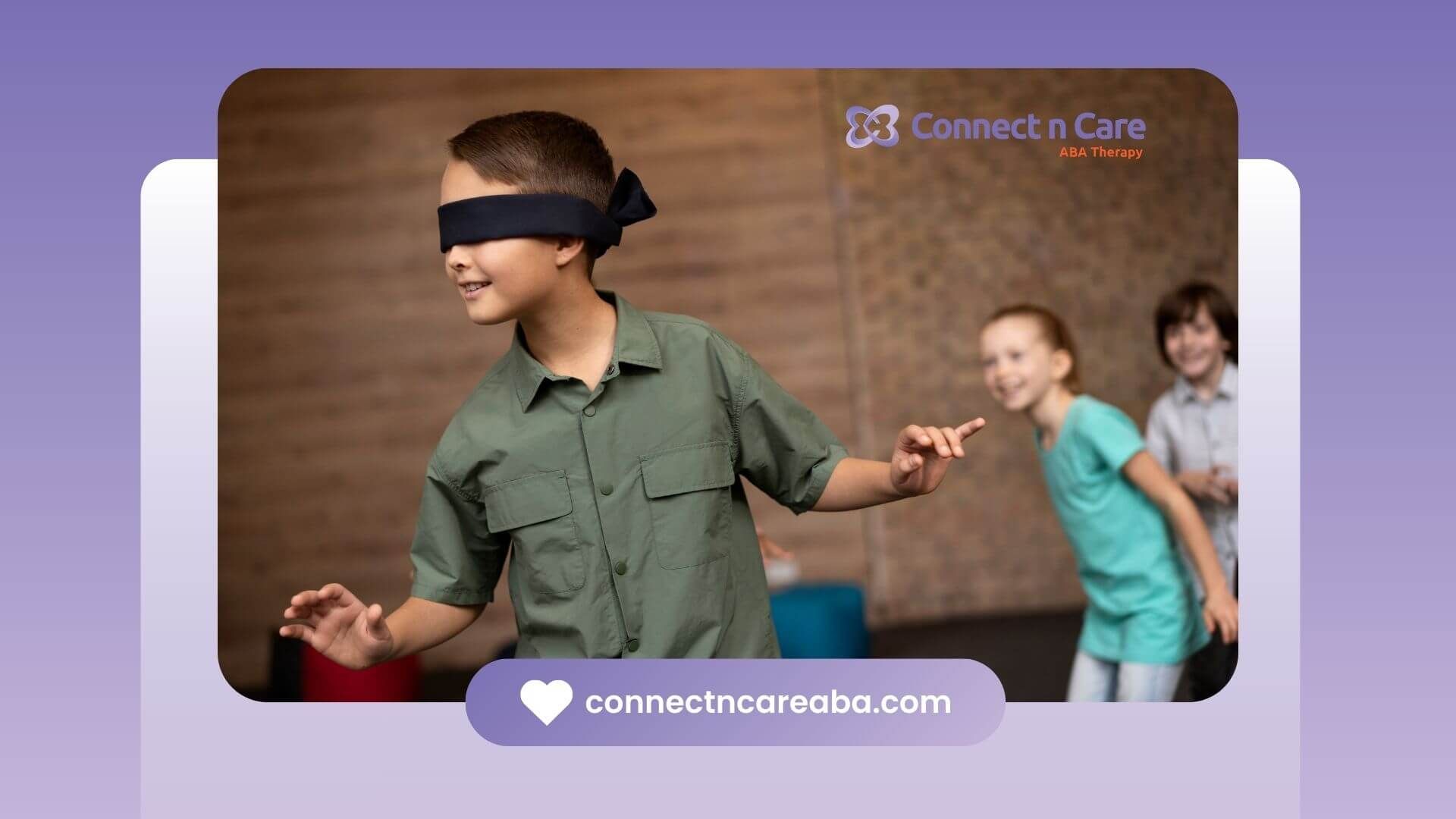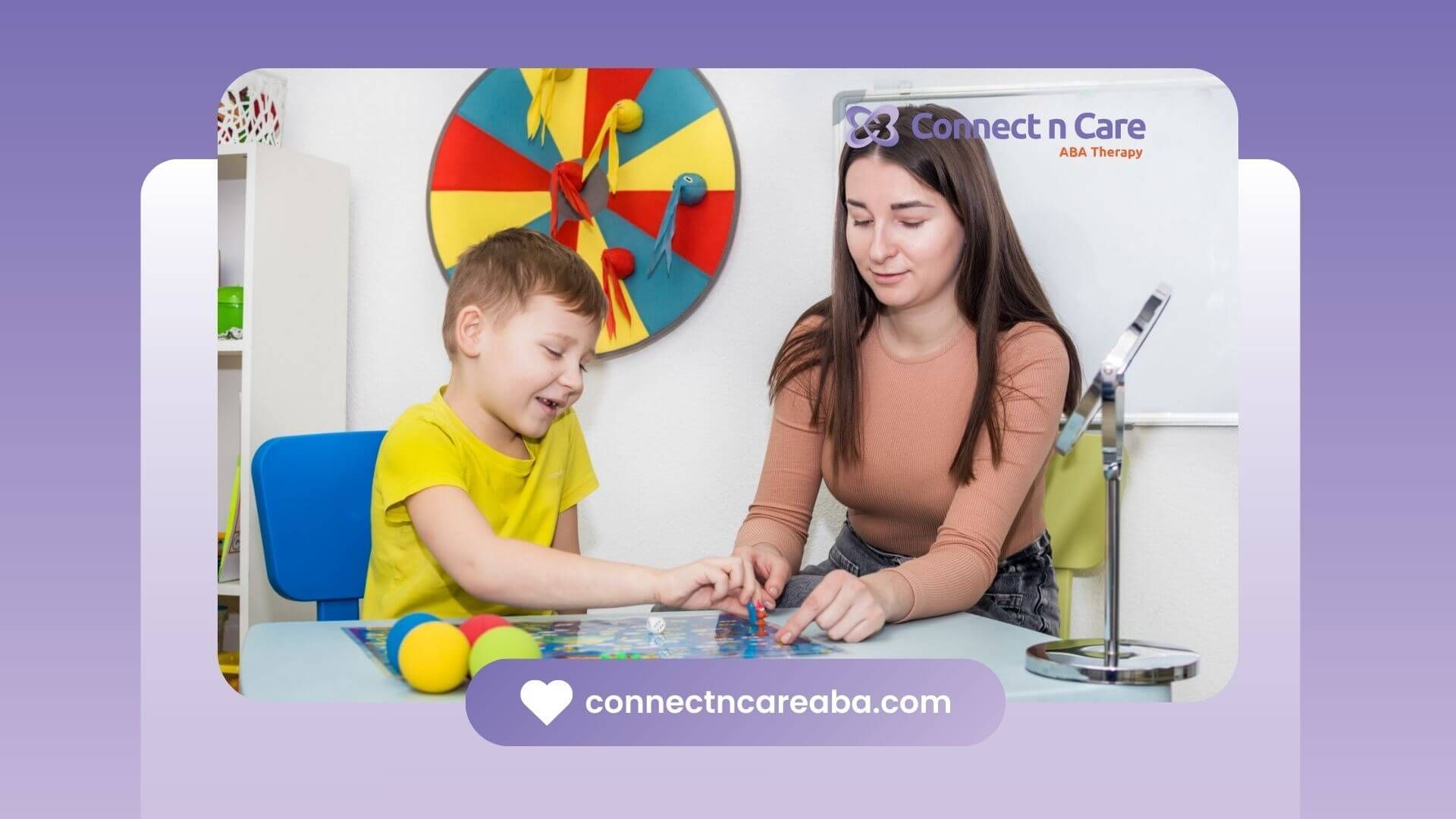Key Highlights
- ABA therapy sessions are personalized for every child, focusing on their unique strengths, needs, and preferences through applied behavior analysis.
- Each typical day includes a mix of structured teaching, social skills groups, and life skills activities aimed at helping children on the autism spectrum thrive.
- Positive reinforcement is central, motivating children to learn new skills and reduce challenging behaviors during therapy sessions.
- Data collection and progress tracking ensure that treatment plans are continually optimized for client progress.
- Therapists communicate regularly with parents to promote consistency and support interventions at home.
- Both center-based and home-based ABA therapy offer nurturing environments, equipped with visual aids and tailored routines.
A day in ABA therapy is like a puzzle—each piece, from structured lessons to playtime, works together to help your child develop new skills.
One of my favorite memories is with Gabrielle, who had trouble greeting others. In our in-home ABA sessions, we practiced “hello” every day in a game-like setting. The real magic happened when she used it to greet her neighbor outside therapy for the first time—her parents’ faces said it all.
Morning Preparation: Setting the Tone for Success
Visual Schedules for Smooth Routines
Whether at home or in a therapy center, the day often begins with preparing the environment. As an ABA therapist, I’ve learned that the smallest details matter. I remember working with a boy named Ethan who struggled with transitions. We started using a bright, laminated visual schedule with pictures of his daily activities.
By the third week, he was walking over to check what was next—without prompts. That little change gave him independence and reduced anxiety.
Visual supports like this are not just for structure; they provide children with a sense of control, making it easier to anticipate and accept upcoming activities.
Goal Review with Families
Before the first activity starts, the therapist and parents review individualized goals.
It might be something as specific as:
- Making eye contact when greeting a peer.
- Brushing teeth independently after lunch.
- Using a complete sentence to ask for a snack.
This shared understanding sets the tone for the day. According to the Association for Science in Autism Treatment, involving caregivers in goal-setting improves skill carryover at home by up to 40%.
Structured Skill Building: Focused Learning in Action
Discrete Trial Training (DTT)
DTT breaks down complex skills into smaller, teachable steps. For example, teaching “tying shoelaces” may start with just crossing the laces and pulling them tight. Rewards—like verbal praise or a token—follow each success.
One of my 6-year-old clients, Ava, beamed with pride when she earned five tokens and got to pick a storybook for us to read together. That simple reinforcement made the learning experience positive, not pressured.
Why Early and Consistent ABA Works
According to a 2018 review published in the Journal of Autism and Developmental Disorders, children who start ABA before age six show significantly greater gains in communication and adaptive behavior.
Long-term studies also show that consistent ABA (20–40 hours/week) yields improvements in social skills and independence that can last into adolescence.
Natural Environment Training (NET): Learning in Real Life
Practicing in Everyday Contexts
After structured lessons, we shift into NET—integrating learning into normal activities.
Snack time becomes a language lesson: the child requests “more apple” before receiving it.
Playground time becomes a social skills lab: taking turns on the slide, asking “Can I go next?”
Confidence Through Generalization
Generalization is where real progress shows. A little boy I worked with, Noah, practiced saying “hello” to peers during therapy. The breakthrough came when his mom told me he greeted the cashier at the grocery store.
That’s when we knew the skill had moved beyond the therapy room into his world.
Data Collection & Progress Tracking
ABC Tracking and Evidence Base
Therapists use ABC (Antecedent-Behavior-Consequence) charts to document what happens before, during, and after a behavior. This structured approach ensures we’re not guessing—we’re adapting strategies based on real patterns.
According to several studies, 66% of children who start ABA continue for at least a year, and more than half see measurable gains in adaptive behavior within that time.
Insights from 12-Month Retention Data
Even when families can’t maintain perfect attendance, progress happens.
A study showed that children attending as little as 75% of planned sessions still achieved significant gains—proof that consistency matters, but flexibility is possible.
Parent Collaboration & Strategy Adjustments
Real-Time Feedback Loops
Parent communication isn’t an afterthought—it’s built into the day. This could be a five-minute chat at pick-up or a weekly written update, or structured parent training sessions. Parents get to hear not just what their child did, but how they did it and how they can support progress at home.
Goal Modifications Based on Daily Observations
Sometimes, goals shift quickly. One client, Maya, mastered zipping her jacket much faster than expected. We adjusted her program to focus on buttoning shirts—building on her success while keeping her challenged.
A Therapist’s Day in Short
If you shadowed me for a day, you’d see:
- Morning: Setting up visuals, reviewing goals, greeting each child warmly.
- Mid-morning: Structured teaching—language drills, fine motor tasks, social games.
- Snack & play: Natural environment learning.
- Afternoon: Data entry, goal adjustments, and parent conversations.
Every step—big or small—is intentional.
Conclusion: Small Steps, Big Change
A typical day in ABA therapy blends planning, science, and heart. We start with clear goals, build skills through structure and play, track data to stay on course, and work side-by-side with parents.
As Dr. O. Ivar Lovaas, a pioneer in ABA, once said:
“If they can’t learn the way we teach, we teach the way they learn.”
It’s not just about sessions—it’s about building a bridge between therapy and the child’s everyday world. Every high-five, every new word, every shared laugh is a step toward independence and confidence.
At Connect n Care ABA, we believe every child deserves a therapy plan as unique as they are. Our compassionate team serves families across North Carolina and Virginia, offering personalized ABA therapy that blends proven techniques with genuine care.
Whether you’re just starting your journey or looking to take the next step, we’re here to guide you every day—one skill, one smile, one success at a time.
Call us today or visit our website to schedule a free consultation. Let’s build your child’s path to confidence—together.
Frequently Asked Questions
How do therapists manage transitions and changes in routine during therapy?
Therapists manage transitions by using visual schedules and clear verbal cues. They prepare clients for changes, allowing time for adjustment. Additionally, strategies like role-playing or social stories can help ease anxiety, ensuring a smoother transition within the therapy session.
What types of reinforcement are used during ABA sessions?
During ABA sessions, various types of reinforcement are employed to encourage desired behaviors. Common methods include positive reinforcement, such as praise or rewards, and negative reinforcement, which involves removing unfavorable stimuli. Tailoring these techniques to individual needs enhances motivation and engagement in therapy.
What should parents expect their child to experience in daily ABA therapy?
In daily ABA therapy, parents can expect their child to engage in structured activities designed to build essential skills. This includes individualized teaching sessions, natural environment training, and consistent behavior tracking, all aimed at enhancing learning and promoting positive behavior changes.
Sources:
- https://www.betterhelp.com/advice/behavior/understanding-the-antecedent-behavior-consequence-model/
- https://www.appliedbehavioranalysisedu.org/what-is-reinforcement-and-why-is-it-important-in-aba/
- https://www.frontiersin.org/journals/psychology/articles/10.3389/fpsyg.2017.02035/full
- https://www.autismspeaks.org/expert-opinion/what-discrete-trial-training
- https://files.eric.ed.gov/fulltext/ED595333.pdf









